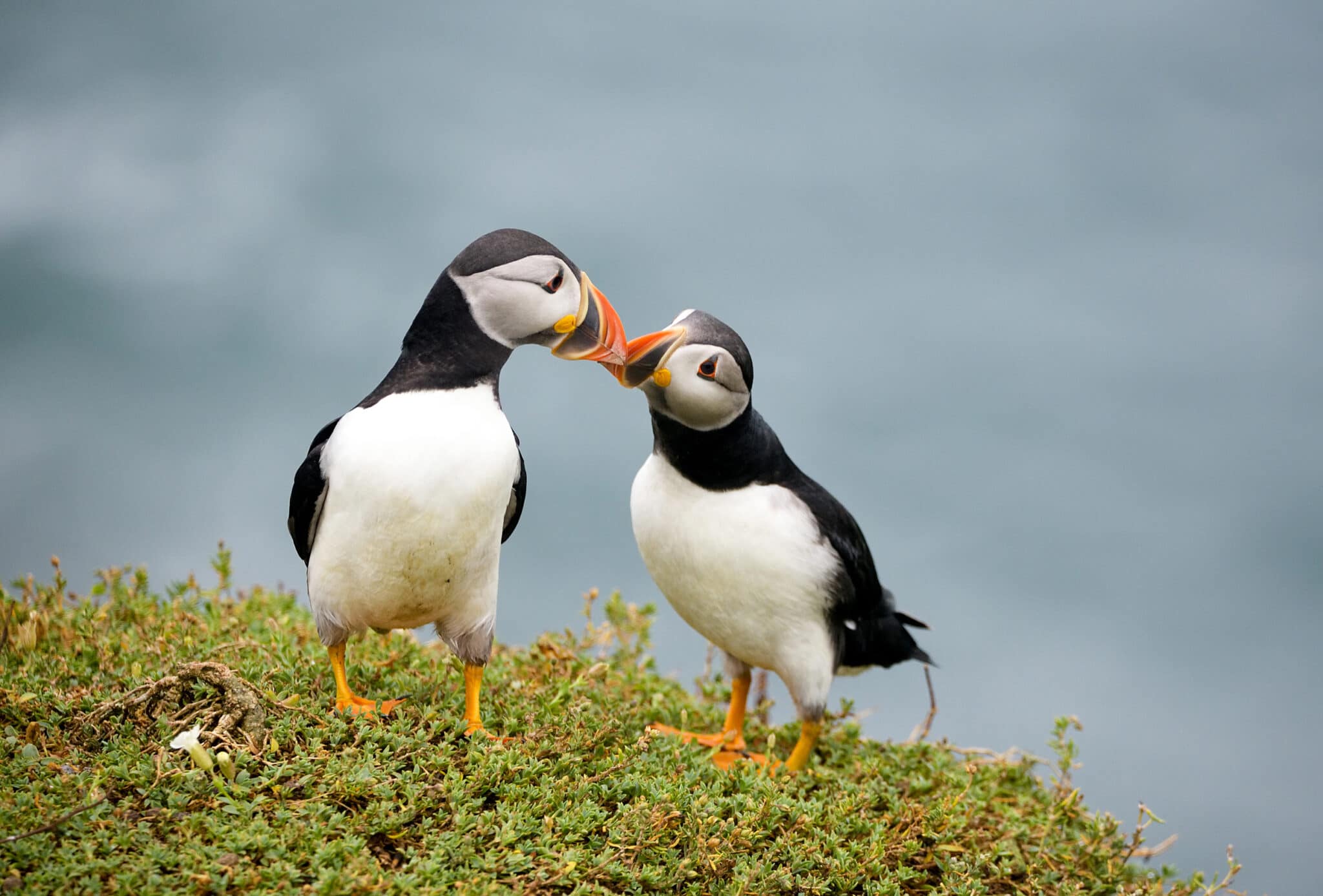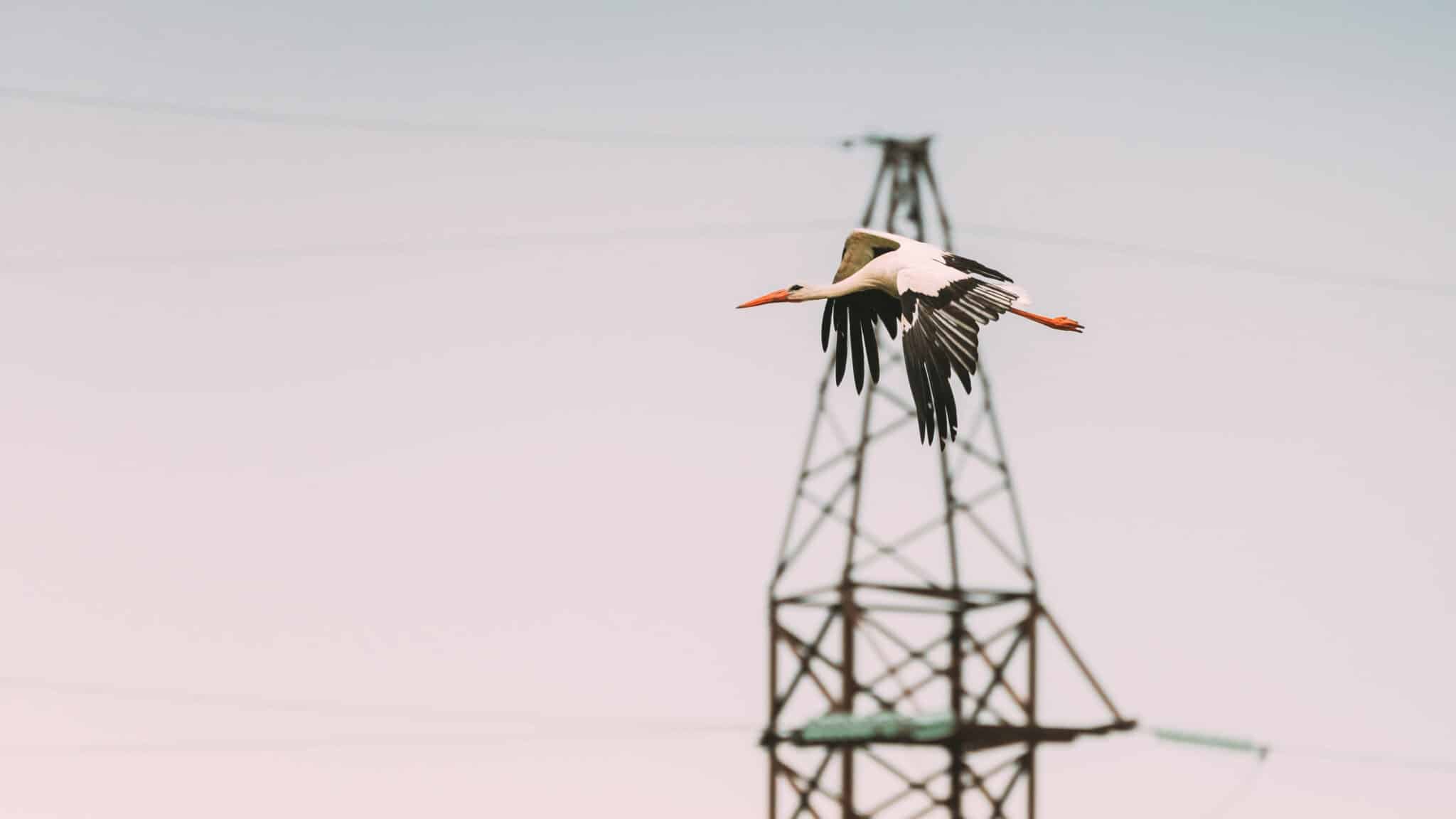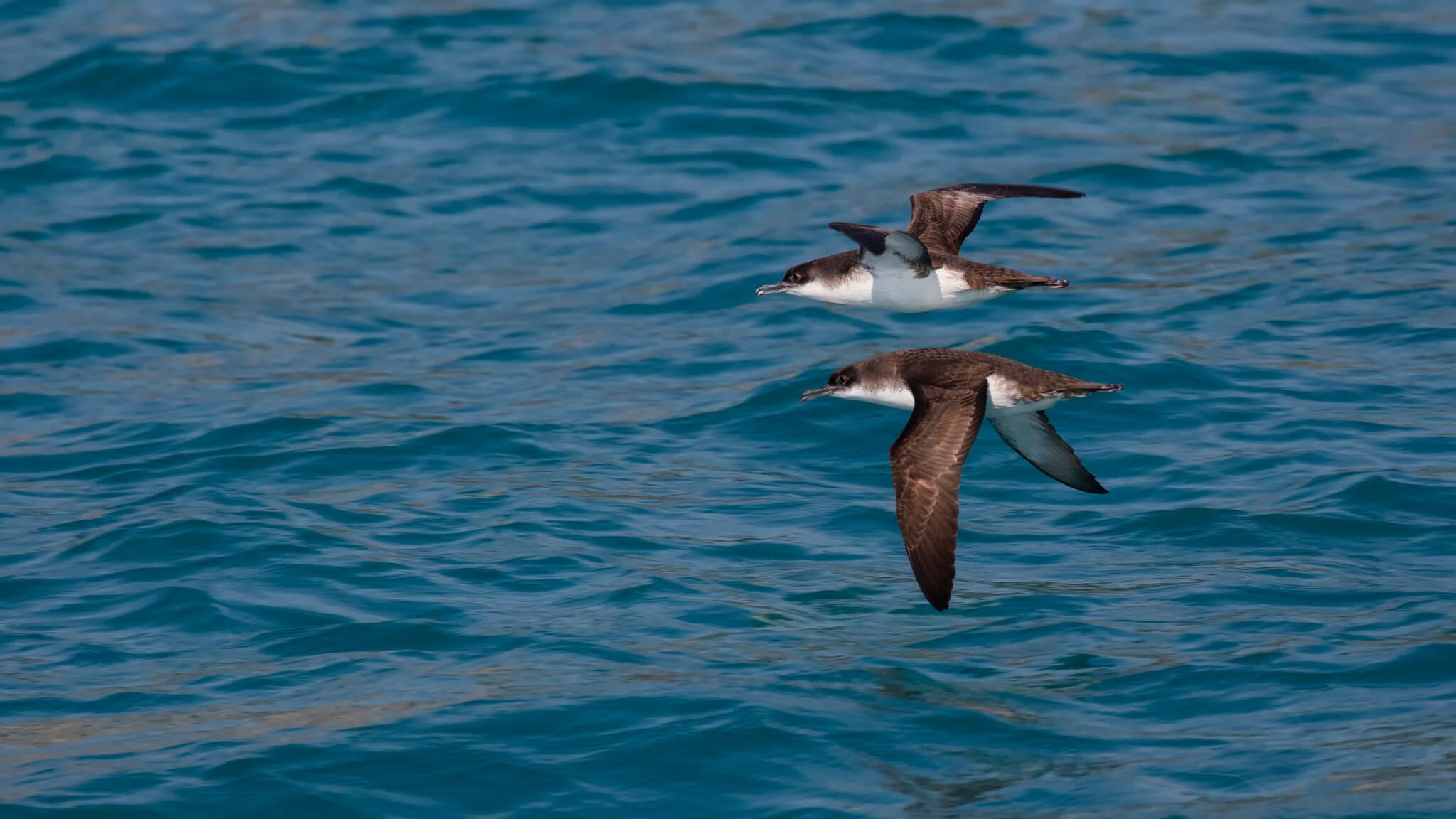The unexpected gender gaps in the science of birds
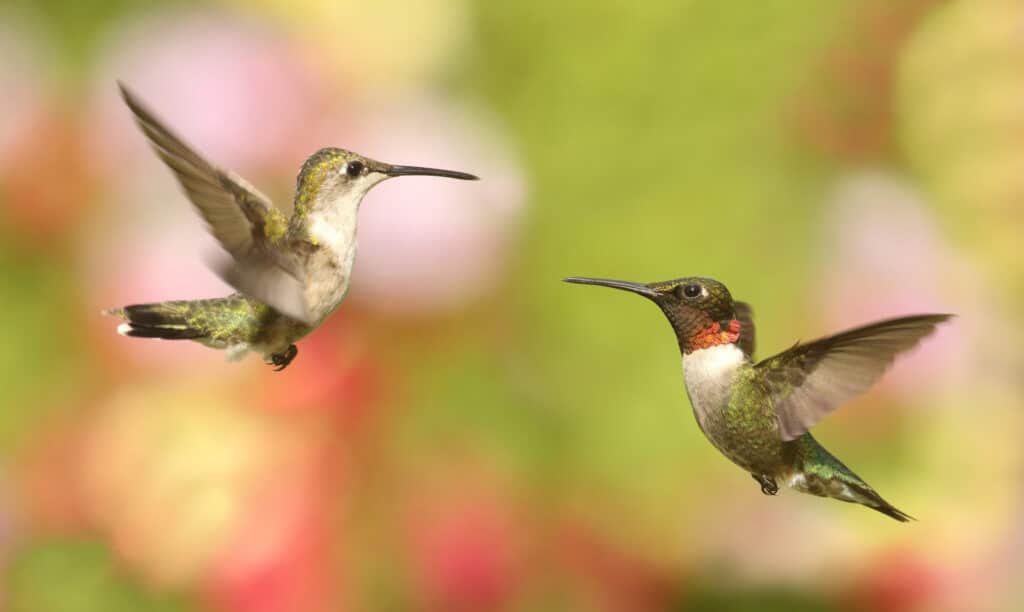
Gender inequality is an endemic, crippling problem affecting every corner of society, tainting development and furthering injustices. The conservation world is no exception. Numerous gender gaps still persist in this field, and some are hidden in spaces one would expect them the least.
By Marta Vigano‘
Who cares about female songbirds?
Female birds are tragically under-looked and under-studied. In the case of songbirds, bird songs have traditionally been associated with males and deemed as just a rarity in female birds. In reality, females have been singing for millions of years. Conservationists have focused their research on male singing, jumping straight to the conclusion that studying the males could provide insights into female singing as well.
This changed when Dr. Karan Odom, Postdoctoral Research Fellow at Leiden University and Cornell Lab of Ornithology, kickstarted a conservation project aimed at tracing and sharing female singing. Thanks to Female Bird Song Project, the first few steps towards filling the gap were made, with birders submitting tons of their female-focused recordings and field notes.
Only males get a name
Strictly linked to lack of interest in, and awareness on, female birds, birdwatchers oftentimes hold an unconscious bias in terms of what they prefer to observe. This birder, for instance, admitted he had not questioned his undivided interest for male birds for a very long time. Others, even more extremely, go as far as not counting a new species until they have seen an adult male. This is reflected in species naming, which further normalises the male-centredness of ornithology.
For example, when it comes to descriptive names for species, they always describe male exemplars. The female Blue Grosbeak hardly presents any traces of blue, while the female Scarlet Tanager shows no scarlet whatsoever. And the list goes on, with female Ruby-throated Hummingbirds wearing no red neck bandana or Ring-necked Pheasant showing no white collier. Either males and females look alike so the name is actually descriptive of both sexes, or the name just describes the males.
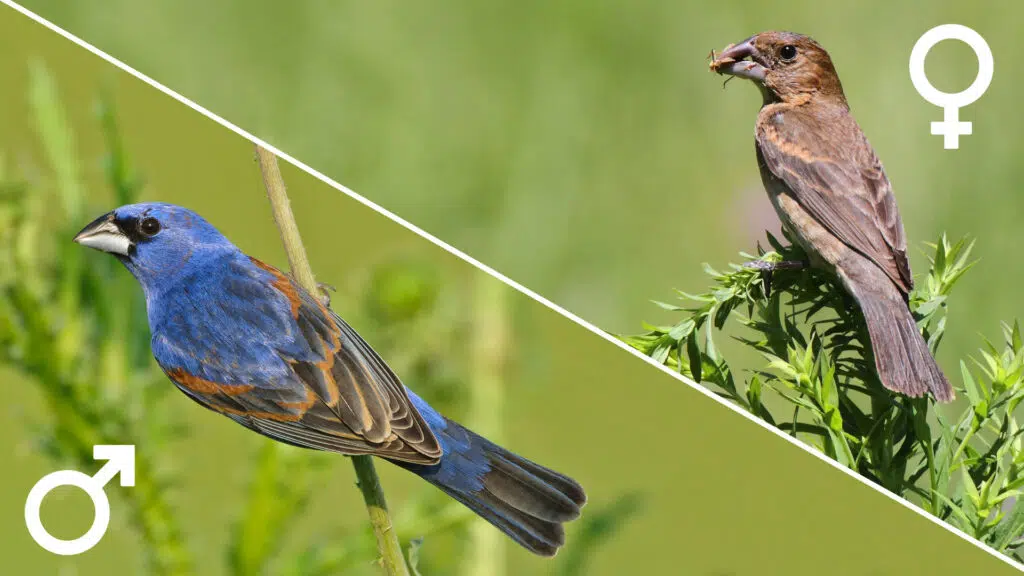
Image credits: Ed Schneider/Shutterstock.com (left), Steve Byland/Shutterstock.com (right)
Similarly, and unsurprisingly given how male-dominated natural explorations were in the 19th century, when birds are named after people, they are usually named after men. This is the case for the Audubon’s Shearwater and Audubon’s Oriole paying respects to John James Audubon, and the Baird’s Sparrow and Baird’s Sandpiper honouring Spencer Baird.
Do we even know what females look like?
Building on the lack of representation in names, it is fairly common that people don’t know that females and males do not necessarily look alike.
When one says peacock, the mind instinctively goes to the luxurious show-off of emerald-and-sapphire-toned feathers. To few occurs that what is generally thought of as a peacock is in fact only the male of the peacock. The lady peacock, or peahens, sports grey and brown feathers, and tends to get way less attention from ornithologists.
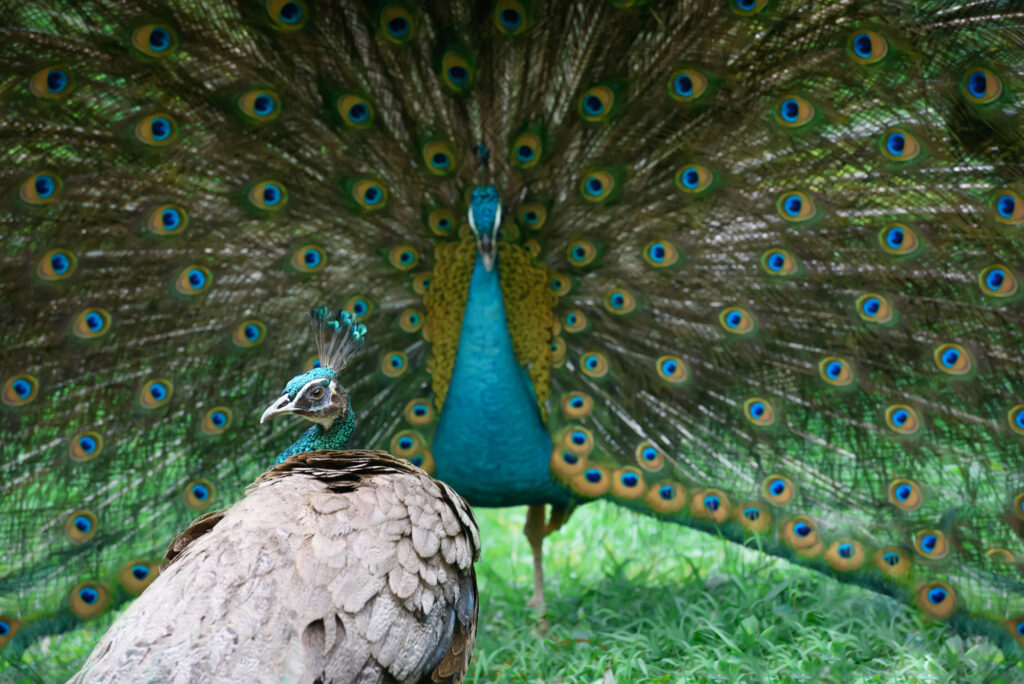
Image credits: Anna Kucherova/Shutterstock.com
Birdwatchers have no trouble identifying the male of a species, yet they struggle with females. What’s worse is that female bird ID tips and tricks are often not not even featured in field guides, which leads to female birds being underrepresented in census counts and scientific studies.
To overcome this bias, a group dubbed the Galbatross Project launched the Female Bird Day. These scientists, birders, writers, and conservationists argue that female birds are so under-appreciated and under-studied and that birders need to be trained and taught how to identify female birds.
Effectively, a lack of knowledge of, interest in, and data on females affects conservation efforts altogether.
Verdict? Like many other chunks of society, ornithology presents a bias towards the normalisation of the Male. The 8th of March is no day for celebration, is just another day to fight for equality and intersectionality, within conservation and outside.
Image credits: Steve Byland/Shutterstock.com
You might also be interested in:
 | Stichting BirdLife Europe gratefully acknowledges financial support from the European Commission. All content and opinions expressed on these pages are solely those of Stichting BirdLife Europe. The European Commission is not responsible for any use that may be made of the information it contains. |
